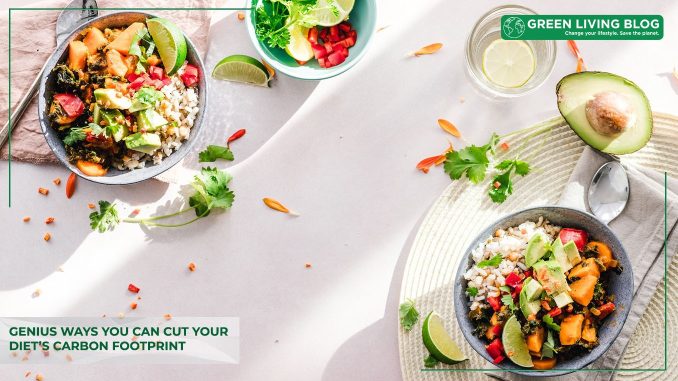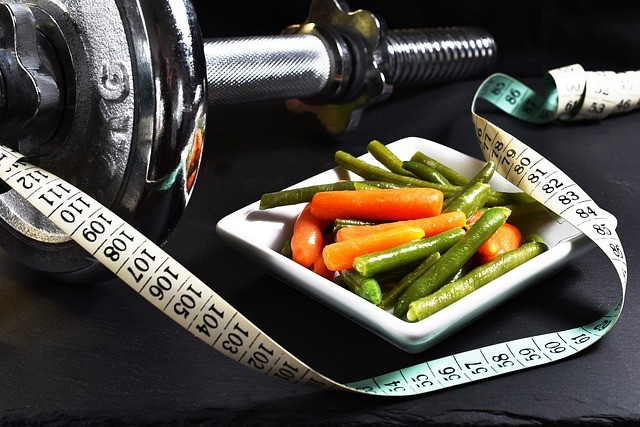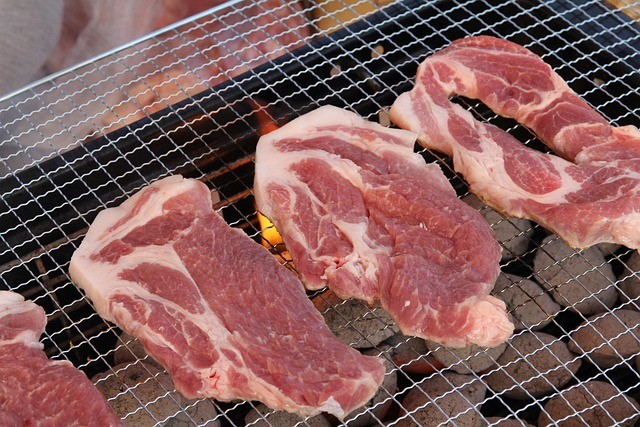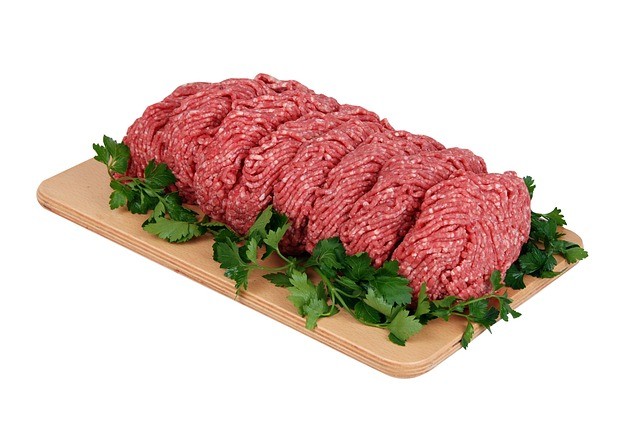
Our food systems currently contribute to ⅓ of global greenhouse gas emissions, and transforming this system would undoubtedly benefit the planet tremendously.
However, how do we even begin to change such a complex and rigid system?
Arguably the power for change lies in the consumer’s hands. It starts with taking small, baby steps towards individually reducing our carbon footprint through greener living. Then, when the consumers decide they want to be leaders of change, the business will have no choice but to follow.
From tracking your “carbon footprint” to meat-free Mondays, here are three ways you can begin to cut your food emissions.
1. Eat Seasonably

Eating fruits and vegetables in season is a great way to reduce your environmental impact and live more sustainably. Growing fruit and veg in season requires lower artificial inputs such as lights, heating, pesticides, and fertilizers. Seasonal food is also less likely to have traveled as far as non-seasonal food and less likely to be wrapped in packaging.
Top seasonal UK grown produce:
January through to February (winter) – Apples, Brussel Sprouts, Mushrooms, Onions, and Turnips.
March through to May (Spring) -asparagus, new potatoes, rhubarb, salad leaves, basil, kale, and beans.
June through to August (Summer) – Aubergine, Blackcurrants, Blueberries, Cauliflower, Chicory, Strawberries, Summer Squash, and Beetroot.
September through to October (Autumn) – Figs, Custard Apples, Cabbage, Cauliflower, and Spinach.
November through to December (Winter) – Swede, Turnip, Brussel Sprouts, Cabbage, and Rhubarb.
2. Track your Diet’s Carbon Footprint

Ever wondered about the life your food had before it reached your plate? Well, the Palau app can help you decipher just this.
The newly developed app brings transparency to the food supply chain, allowing customers to see exactly where their food has come from and how much CO2 emissions have been emitted during food production. Furthermore, Palau provides consumers with an ecological and nutritional score out of 100 to compare different food products and choose the ones with the highest ratings.
Tools like Palau are bringing power to the consumer’s hands. The app can help us track how our diet impacts the planet.
CEO and co-Founder of Palau Project Jerome Cloetens states:
“Palau can help you reduce your carbon footprint by up to 70%. After using the app for a while, you begin to know what kind of CO2 price tag each food item has.
When you like a product with a bad score, you don’t necessarily have to stop buying that product, but now you know what impact it has, and can begin to look for alternative products with a better score.”
You can download the app here:
Appstore: https://apps.apple.com/es/app/palau/id1591261447
Google Play: https://play.google.com/store/apps/details?id=com.shendric.palau
3. Eat Less Meat, But Better Meat

Industrially producing meat has a significant impact on the environment, and therefore eating a more plant-based diet will always be the better alternative for the planet. However, if you are going to eat meat, then there are a few ways you can consume it more sustainably.
4. Buy Pasture Raised Meat

It is essential to know how the meat was produced when buying meat. For example, animals that have been raised in an industrial system (also known as intensive farming) are kept in confined spaces that stop them from expressing their natural behaviours. These conditions are inhumane and negatively impact the soil, climate, and water.
On the other hand, pasture-raised livestock allows the animals to roam the fields and have a good quality of life. This type of Regenerative farming can help repair the damage done to our soils and waterways.
Nevertheless, if you want to remain carbon neutral, eating less meat is the only viable solution. Eating pasture-raised beef is a better alternative to industrially raised meat. However, cows still produce a damaging amount of methane and use up too much land, making them an unsustainable food source.
And there you have it, cutting your carbon footprint often sounds much more complicated than it really is and with the steps outlined in this article, everyone should be able to get started with reducing their contribution to the ongoing climate and pollution crisis.
![]()
Author Profile

- Eco Warrior by day, Eco Blogger by night trying to get the eco balance right.
Latest entries
 Green Home GuidesApril 17, 2025How Heat Pumps Help Cut Household Carbon Emissions
Green Home GuidesApril 17, 2025How Heat Pumps Help Cut Household Carbon Emissions EnvironmentApril 17, 20256 Benefits of Wall Cladding for Eco-Friendly Renovations
EnvironmentApril 17, 20256 Benefits of Wall Cladding for Eco-Friendly Renovations EnvironmentMarch 31, 20255 Sustainable Materials for Building Your Dream Eco-Friendly Pergola
EnvironmentMarch 31, 20255 Sustainable Materials for Building Your Dream Eco-Friendly Pergola Best practicesMarch 25, 202510 Green Tips to Live a More Sustainable Lifestyle
Best practicesMarch 25, 202510 Green Tips to Live a More Sustainable Lifestyle





Leave a Reply
You must be logged in to post a comment.